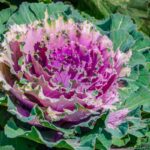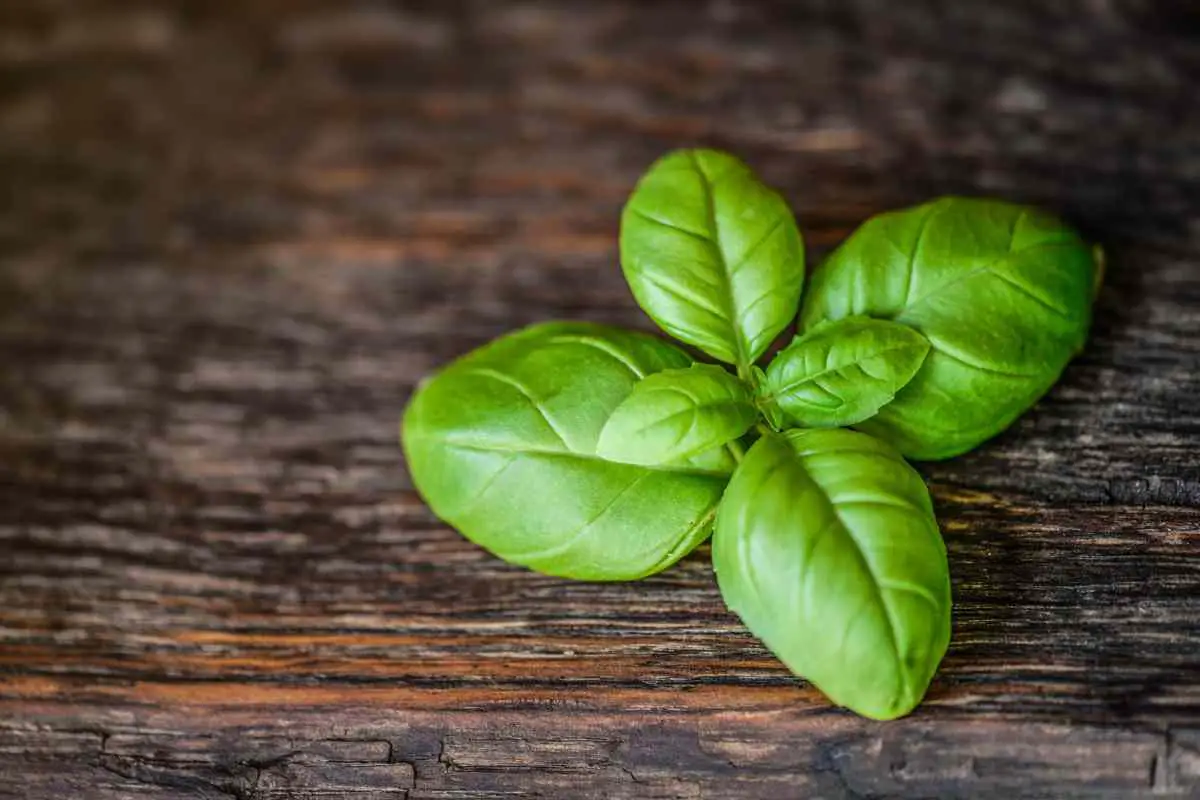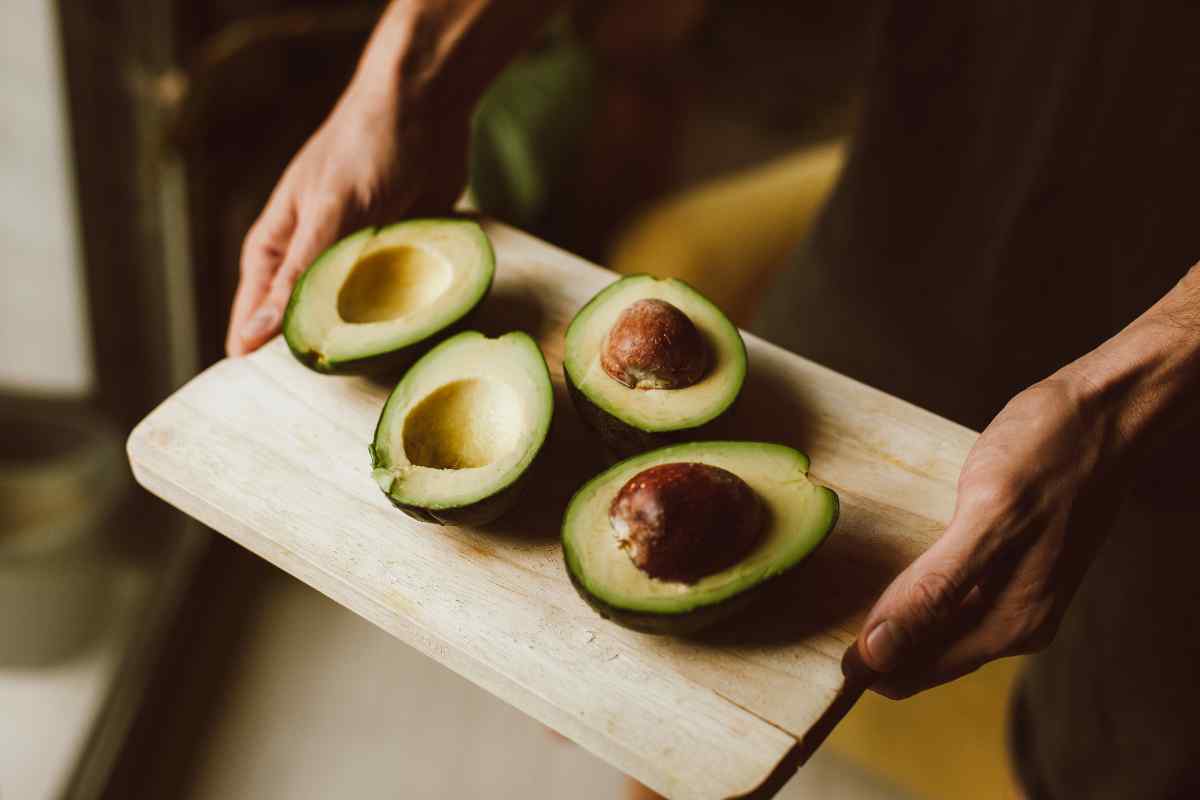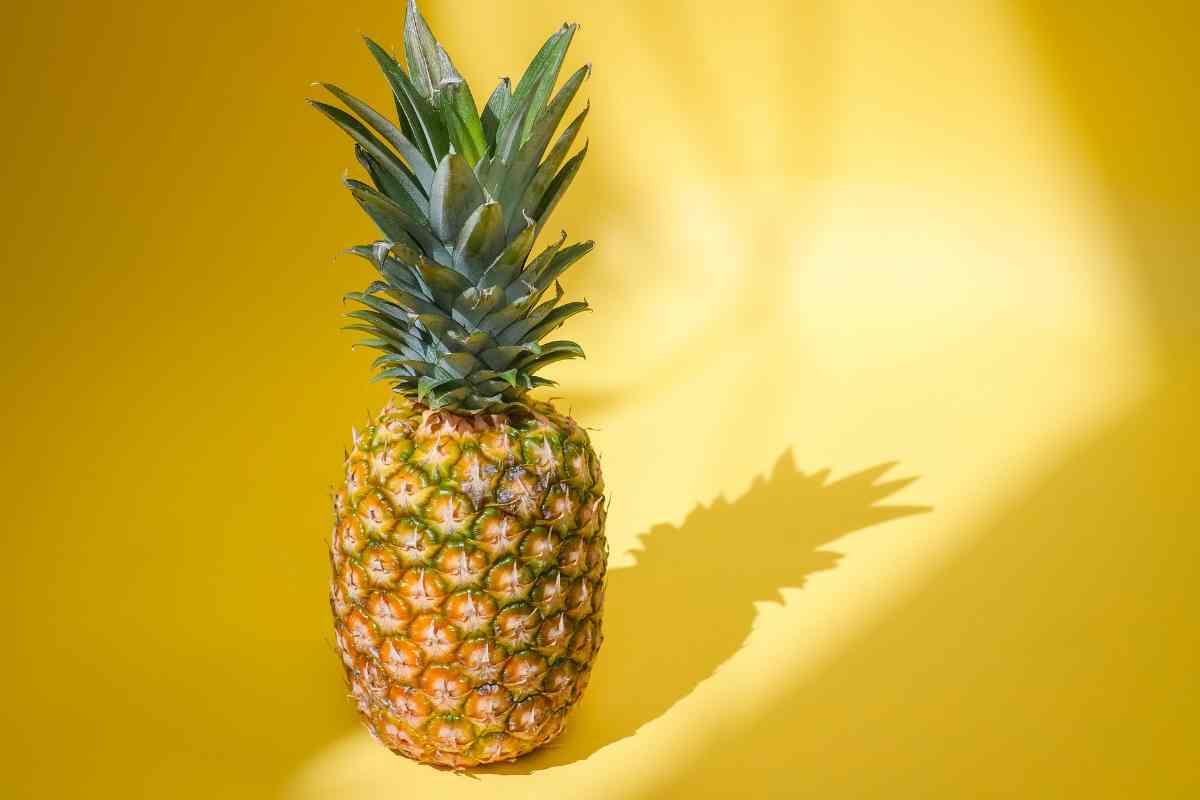Planting green onions from seeds are easy and rewarding, and in just a few simple steps, you’ll be well on your way to harvesting your own crisp and flavorful onions. Let’s get started!
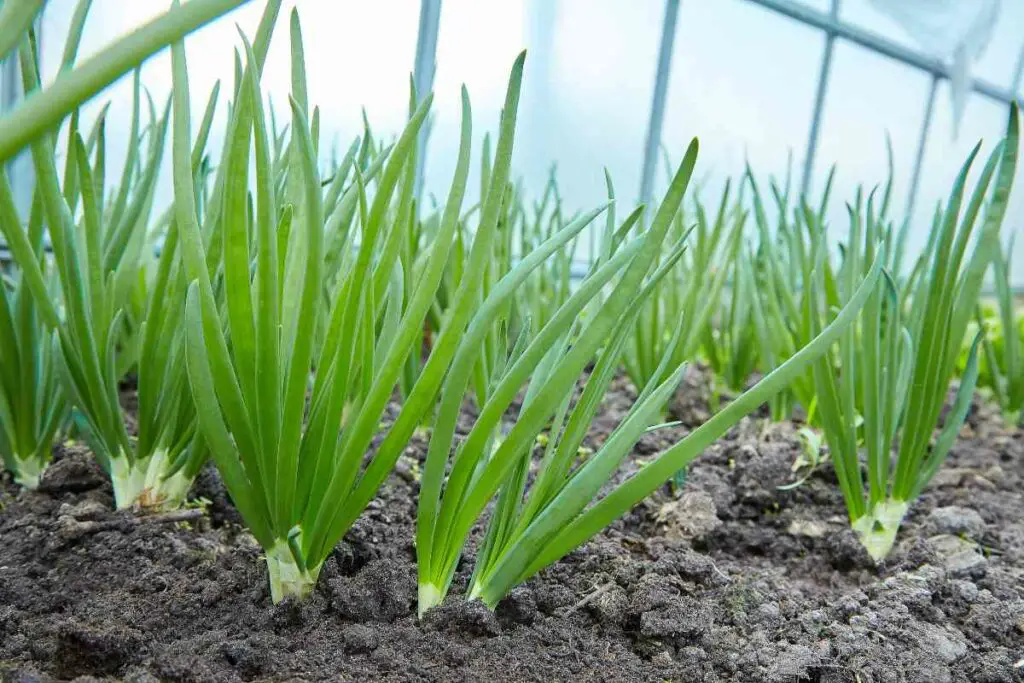
Table of Contents
8 Simple Steps To Plant Green Onions From Seeds
Here is a step-by-step guide on how to plant green onions from seed:
- Choose a sunny spot in your garden or a container with good drainage. Green onions prefer well-draining soil and plenty of sunlight.
- Prepare the soil by loosening it with a garden fork and adding compost or well-rotted manure. This will help the onions grow strong and healthy.
- Sow the seeds directly into the soil, spacing them about an inch apart and covering them lightly with soil.
- Water the seeds gently, taking care not to wash them away. Keep the soil moist, but not waterlogged, until the seeds have germinated. This usually takes about a week.
- Thin the seedlings once they have grown to be about an inch tall, leaving the strongest and healthiest plants to continue growing.
- Fertilize the onions regularly with a balanced liquid fertilizer or compost tea to encourage healthy growth.
- As the onions grow, keep the soil weed-free and watered consistently. Green onions are ready to harvest when the tops are about 6 inches tall.
- To harvest, cut the tops of the onions off at the base, leaving the roots in the ground. The onions will regrow, allowing you to harvest them multiple times.
What Benefits of Planting Green Onions From Seeds?
There are several benefits to planting green onions from seeds:
- Cost-effective: Green onion seeds are often less expensive than purchasing already-grown plants or bulbs, so you can save money by starting from seeds.
- Wide variety: When you start from seeds, you have a much wider variety of green onion varieties to choose from. This allows you to find a variety that is well-suited to your specific climate and growing conditions.
- Customization: By starting from seeds, you have complete control over the growing conditions of your green onions. This allows you to tailor your soil, watering, and fertilizing to your specific onions, resulting in healthier plants.
- Pest control: When you start from seeds, you can be sure that your plants are not harboring any pests or diseases that could be harmful to your garden. This can help you avoid having to use harsh chemical pesticides.
- Increased chance of success: Green onions are relatively easy to grow from seeds, and starting from seeds gives you a higher chance of success than if you were to try and transplant already-grown onions.
How To Maintain The Growth of Green Onions?
To maintain green onions and encourage growth, follow these tips:
- Water consistently: Green onions need consistent moisture to grow well, so make sure to water them regularly, especially during dry spells. Avoid letting the soil dry out completely, but also be careful not to overwater, as this can cause the onions to rot.
- Fertilize regularly: Green onions benefit from regular fertilization, especially when they are young. Use a balanced liquid fertilizer or compost tea every 2-4 weeks to provide the onions with the nutrients they need to grow.
- Keep the soil weed-free: Weeds can compete with your green onions for water and nutrients, so make sure to keep the soil around your onions weed-free. This can be done by hand-pulling weeds or using mulch to suppress weed growth.
- Thin seedlings: Once the green onion seedlings have grown to be about an inch tall, thin them out by leaving only the strongest and healthiest plants to continue growing. This will help prevent overcrowding and ensure that each plant has enough space and resources to grow.
- Harvest regularly: Regular harvesting of the tops of the green onions can encourage new growth and prevent the onions from going to seed. Simply cut the tops off at the base, leaving the roots in the ground. The onions will regrow, allowing you to harvest them multiple times.
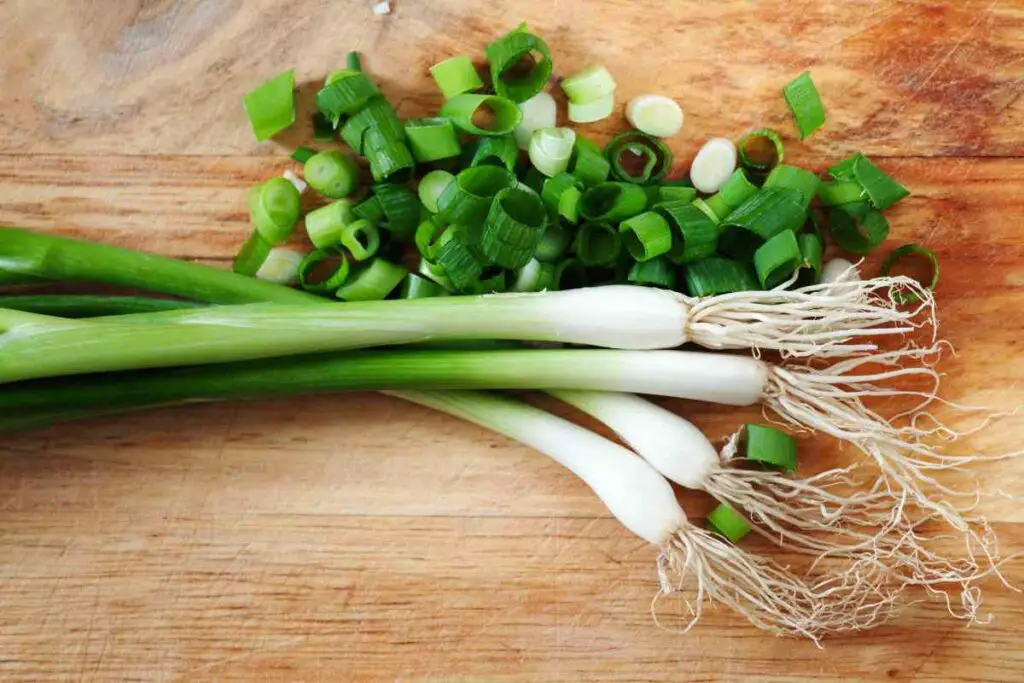
Should I Plant My Green Onion Seeds Indoors or Outdoors?
It depends on the time of year and your specific growing conditions. Green onions can be grown both indoors and outdoors, although they prefer to be grown in a sunny location with well-draining soil.
If you live in a climate with long, hot summers, you can plant your green onion seeds directly in the ground outdoors once the threat of frost has passed. This is usually around the end of April or early May.
If you live in a climate with shorter summers or cooler temperatures, you may want to start your green onion seeds indoors in pots. This can give the seeds a head start on the growing season and allow you to transplant the seedlings into the ground once the weather has warmed up.
Regardless of whether you choose to start your seeds indoors or outdoors, be sure to choose a location that gets plenty of sunlight and has well-draining soil. Green onions prefer a sunny location with moist, well-draining soil.
9 Different Types of Green Onions You Didn’t Know About
There are many different types of green onions, also known as scallions or spring onions. Some common varieties include:
- White Lisbon: A popular variety that is easy to grow and has a mild flavor.
- Ishikura: A Japanese variety with a long, white bulb and slender green tops.
- Red Wethersfield: A striking variety with red bulbs and green tops.
- Ishikura Long: Similar to Ishikura, but with a longer bulb.
- Evergreen Hardy White: A hardy variety that is resistant to bolting (going to seed) and has a mild flavor.
- Paris White: A small, white-skinned variety with a mild flavor.
- Tokyo Long White: A long, white-skinned variety with a mild flavor.
- Negi: A Japanese variety with a long, white bulb and green tops.
- White Spear: An early-maturing variety with a mild flavor.
These are just a few of the many types of green onions that are available. Some are better suited to certain climates and growing conditions than others, so be sure to choose a variety that is well-suited to your specific location.
Conclusion
Planting green onions from seed is a simple and rewarding process that allows you to grow your own flavorful onions at home.
By following a few basic steps and providing your onions with consistent moisture, sunlight, and fertilization, you can successfully grow and harvest your own green onions.
Not only is growing your own onions cost-effective and customizable, but it also allows you to avoid using chemical pesticides and to choose from a wide variety of onion varieties.
Whether you plant your seeds indoors or outdoors, you’ll be well on your way to enjoying the delicious and nutritious benefits of homegrown green onions.
- How to Build a Planter Box for Bamboo: A Step-by-Step Guide

- Can Robotic Lawnmowers Handle Steep Slopes?

- Do You Need a Specific Lawn for a Robotic Lawnmower? Expert Advice

- Are Robotic Lawnmowers Safe for Pets and Children? Safety Features of Robotic Lawnmowers

- Why Use Robotic Lawnmowers? Advantages of Using a Robotic Lawnmower

- Is the GARDENA SILENO City 300 Cordless or Corded? A Clear Answer











